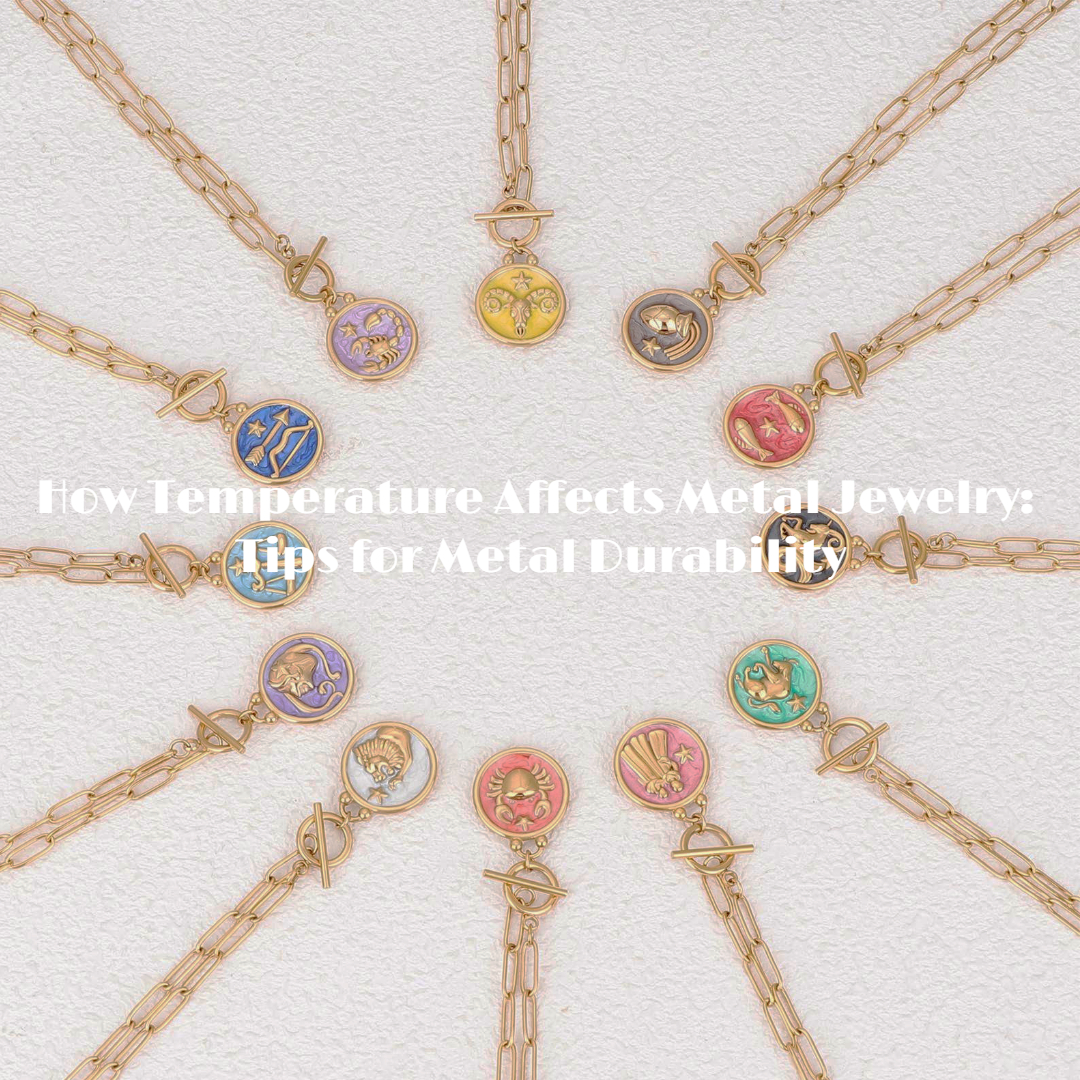When it comes to fashion accessories, we often focus on design, color, and occasion. But one overlooked factor in jewelry care is how temperature changes can affect the durability and fit of metal pieces. Understanding the thermal expansion of metals is key to preserving your favorite accessories in both summer and winter.
Thermal Expansion in Metal Jewelry

The thermal expansion of metals refers to how metal atoms vibrate and spread apart when exposed to heat, causing the metal to expand. Conversely, metals contract in cold environments. This natural property means that your favorite ring might feel tighter in summer and a bit loose in winter. The effect is more noticeable in rings, bangles, and snug-fitting jewelry.
Different metals react to temperature shifts in varying degrees. For instance, copper has a relatively high thermal expansion coefficient. This means copper jewelry care involves special attention in both hot and cold climates, as excessive heat may lead to deformation or loosening of embedded stones.
Seasonal Jewelry Concerns
In hot weather, large metal pieces can heat up significantly, causing discomfort or even minor burns. It’s best to avoid wearing thick, all-metal pieces in peak summer temperatures. On the other hand, in winter, you may notice a ring loose in winter due to contraction of both your skin and the metal itself. In some cases, this could even lead to jewelry slipping off unnoticed.
Besides fit, metal movement in cold weather may impact the structural integrity of delicate designs. For example, prong settings on rings may loosen, potentially leading to lost stones.
Choosing the Right Metal

When it comes to metal types for jewelry, your choice affects both style and performance in different climates.
Stainless steel jewelry durability makes it a reliable option year-round. It’s resistant to tarnish and handles temperature fluctuations better than many softer metals. Stainless steel’s stability also means it holds its shape well and is less likely to warp or loosen over time.
Copper jewelry, while known for its warm tone and earthy appeal, is more sensitive to heat. It may expand more noticeably in summer and can develop surface oxidation if not stored or maintained properly. Therefore, understanding copper jewelry care is essential—regular cleaning and proper storage can help avoid unwanted changes.
Silver jewelry, particularly sterling silver, is a popular choice due to its elegant appearance and timeless charm. Compared to copper, silver has a lower thermal expansion coefficient, making it slightly more stable across different temperatures. However, it is softer than stainless steel and may still be affected by cold weather—prong settings may become loose, especially in silver jewelry in winter. Silver is also prone to tarnishing in humid or acidic environments, so it requires consistent polishing and storage in dry places.
Final Thoughts
Whether you prefer sleek stainless steel or classic copper, understanding how temperature affects your jewelry can help extend its life and maintain its beauty. Proper care, seasonal adjustments, and choosing the right metal types for jewelry will keep your accessories comfortable and looking their best, no matter the weather.




